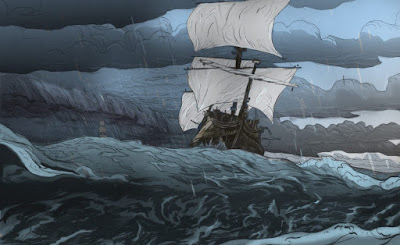
"It was September 8, 2008. Somewhere between the dying moments of the night and the early morning hours, Pierre Job, who most of his colleagues and friends called Hector Zazou, 'Zaz,' or 'Zazou,' passed away at the age of 60. He was a musician, producer, director, journalist and activist. Worldly, idealistic, intellectual and a dreamer. Autumnal, tormented, pragmatic... A father, friend and enemy, he was a man of elusive dualities. Given the quantity of undeveloped works he left behind him, he probably still had plenty to say. ... A mutant discography unlike any other, notable for its catalog of collaborators: Brian Eno, Harold Budd, Asia Argento, Fred Frith, Henry Kaiser, John Cale, Marc Hollander, Papa Wemba, Björk, Ryuichi Sakamoto, Jon Hassell, Gerard Depardieu, Bill Laswell. ..."
Red Bull Music Academy (Video)
2008 September: Hector Zazou, 2011 December: Sahara Blue, 2015 November: Chansons des mers froides (1994)


















































